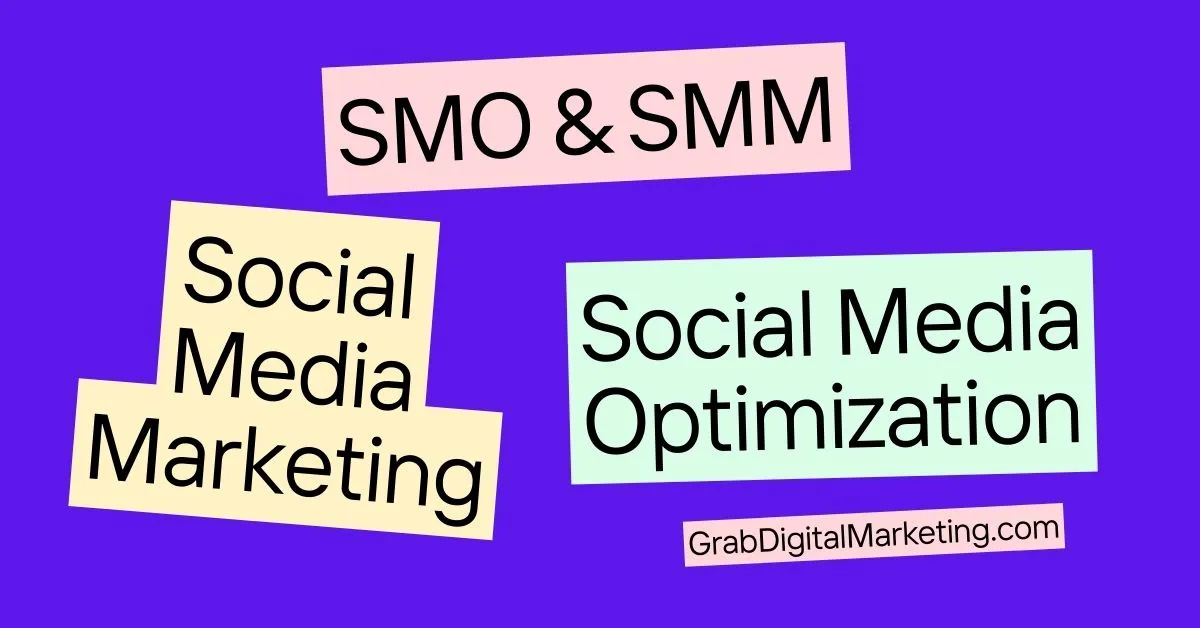What is SMO and SMM?
SMO (Social Media Optimization) and SMM (Social Media Marketing) are two interconnected strategies used to enhance a brand’s presence on social media. SMM involves actively promoting content, products, or services through paid and organic marketing efforts, including. Together, SMO and SMM help brands maximize their impact on social media, leading to better audience engagement and business growth.
Table of Contents
Social Media Optimization (SMO) Introduction
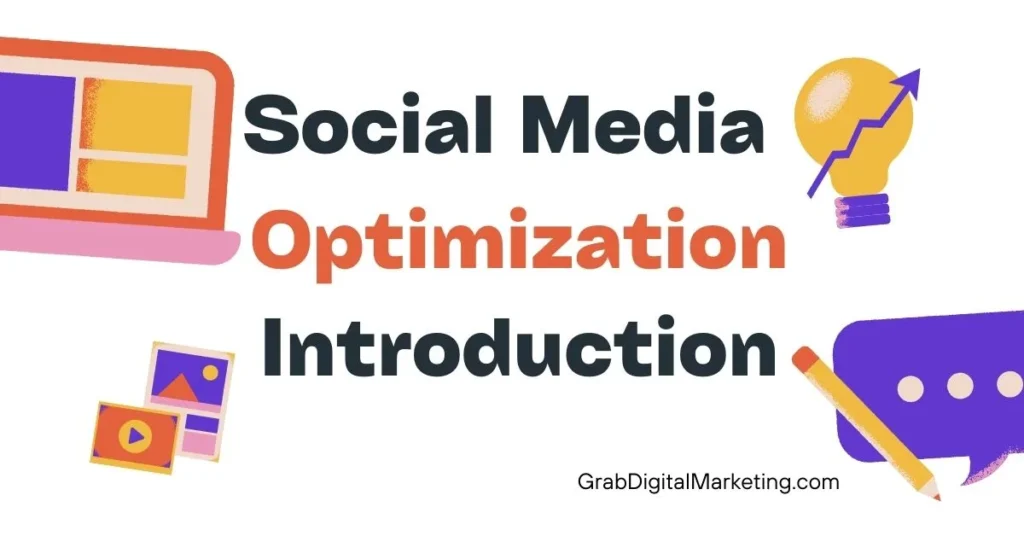
- Social Media Optimization (SMO) refers to the strategic use of social media platforms to increase brand awareness, drive website traffic, and engage with target audiences in ways that ultimately support digital marketing goals, including revenue generation through Google AdSense. SMO involves creating compelling content tailored for social networks such as Facebook, Instagram, Twitter, LinkedIn, and TikTok, and utilizing these platforms’ unique features to maximize reach, shares, likes, and comments. By optimizing social media profiles, posting consistent and relevant content, and actively engaging with followers, businesses can create a loyal community and direct significant traffic to their websites—an essential factor for increasing AdSense impressions and click-through rates.
- The core objective of SMO is to enhance the visibility of content so it can spread organically through social sharing, making it an effective complement to paid advertising and SEO efforts. Optimized social media pages with clear calls to action and seamless integration with websites encourage users to explore more, spend more time on landing pages, and interact with AdSense ads displayed there, thereby improving monetization opportunities. SMO goes beyond just posting—it includes analyzing user engagement, employing hashtags strategically, timing posts for maximum visibility, and utilizing multimedia elements such as images, videos, and stories that drive higher engagement rates and foster brand loyalty.
Importance of SMO
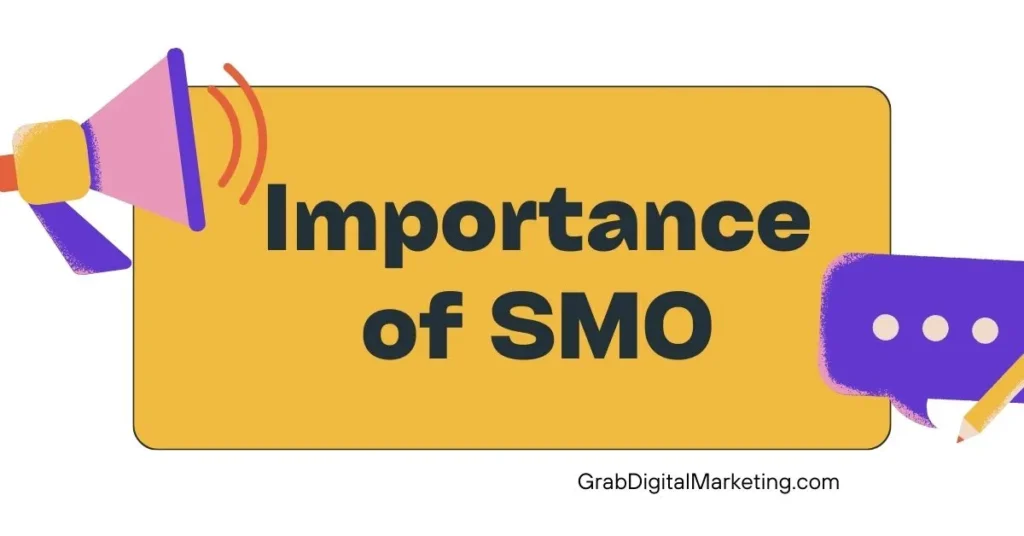
- Social Media Optimization (SMO) plays a pivotal role in enhancing online presence and driving targeted traffic, which is especially valuable for Google AdSense publishers seeking to increase ad impressions and revenue. SMO involves strategically managing and optimizing social media platforms such as Facebook, Instagram, Twitter, LinkedIn, TikTok, and YouTube to boost brand visibility and foster meaningful audience engagement. Unlike traditional SEO that primarily targets search engine rankings, SMO focuses on creating shareable, relevant content and optimizing social profiles to encourage likes, shares, comments, and follows. This organic engagement increases the likelihood of content being seen by a broader, yet targeted, audience, thereby driving more qualified visitors to monetized websites.
- The importance of SMO lies in its ability to create a genuine connection with users and foster community building. Engaged audiences are more likely to revisit websites and interact with Google AdSense ads, raising the potential for higher click-through rates and ultimately boosting revenue. Effective SMO enhances customer trust and brand loyalty by enabling direct communication and real-time feedback, which strengthens relationships and encourages repeated visits and conversions. By optimizing content formats tailored to each platform—such as images and reels on Instagram, short videos on TikTok, or informative posts on LinkedIn—publishers can maximize user engagement and maintain relevance.
Key Elements of SMO
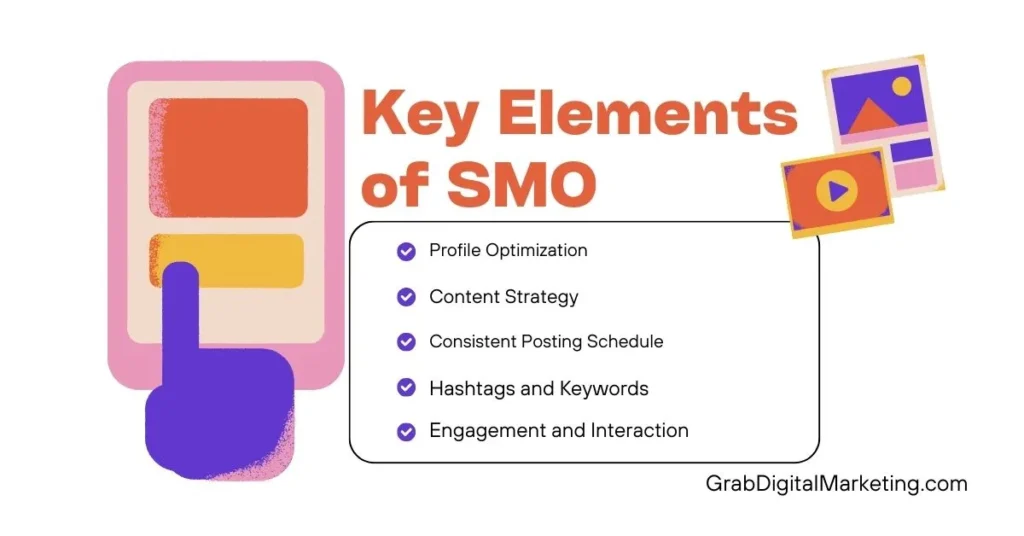
- Key elements of Social Media Optimization (SMO) are essential for maximizing a brand’s online presence, engagement, and traffic, which ultimately support Google AdSense monetization goals by driving quality visitors to monetized content. The first critical element is profile optimization, which entails creating complete and professional social media profiles including high-resolution images, keyword-rich bios, consistent branding, and clear calls to action. Optimized profiles improve discoverability and provide users with immediate clarity about the brand’s identity and offerings.
- The second key element is a robust content strategy that prioritizes the creation and sharing of high-quality, relevant, and engaging content tailored for each social media platform’s unique audience and format preferences. This includes diversifying content types such as videos, images, infographics, carousels, and live streams to maintain user interest and encourage sharing, likes, and comments. Regular and strategic posting schedules aligned with audience activity patterns ensure maximum visibility and sustained engagement.
Tools for SMO
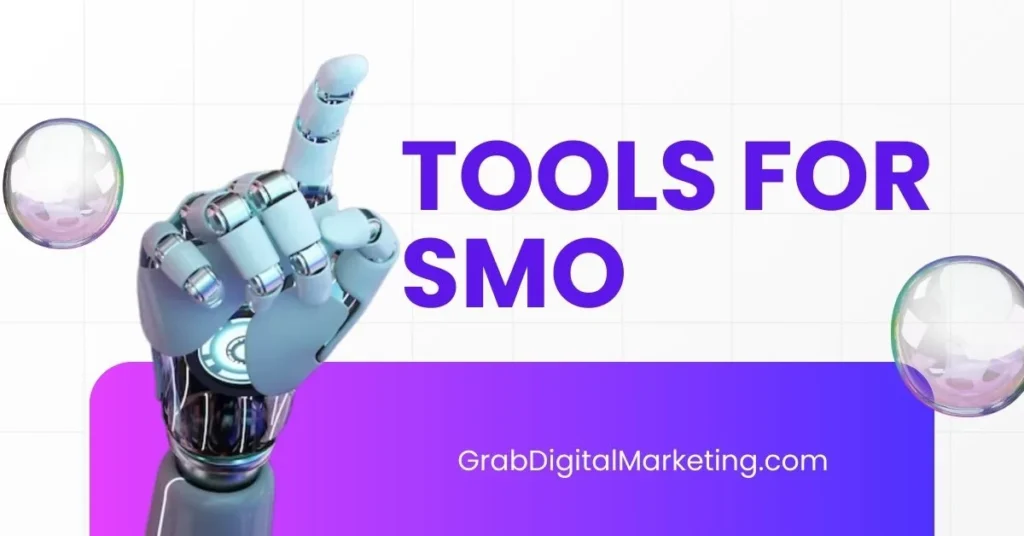
- Tools for Social Media Optimization (SMO) are indispensable for Google AdSense publishers to efficiently manage, analyze, and enhance their social media presence, ultimately driving more traffic and boosting ad revenue. Popular tools like Google Analytics integrate seamlessly with social platforms to track how social media efforts translate into website visits, engagement, and conversions. These insights help publishers refine content strategies and optimize audience targeting for maximum impact. Social media management platforms like Hootsuite, Social Champ, and Loomly offer comprehensive solutions, including post scheduling, audience engagement tracking, multi-account management, and collaborative workflows, enabling publishers to maintain a consistent and effective presence across multiple social sites without requiring extensive manual effort.
- For creative content development and optimization, tools such as Canva and Adobe Creative Cloud empower users to design visually appealing images, infographics, and videos tailored to various social media formats, which are critical for capturing user attention and encouraging shares that increase reach. Analytics and reporting are further enhanced by platforms like Sprinklr and Semrush Social, which provide advanced metrics on engagement rates, sentiment analysis, competitor benchmarking, and campaign ROI, enabling data-driven decisions and strategic adjustments.
Social Media Marketing (SMM) Introduction
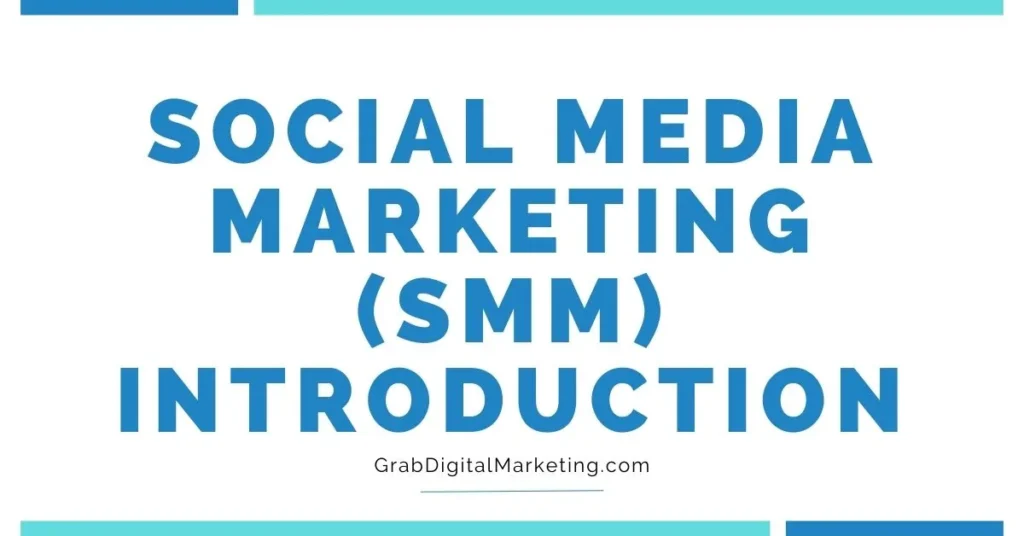
- Social Media Marketing (SMM) is a dynamic form of digital marketing that leverages popular social media platforms to connect with audiences, build brand awareness, increase sales, and drive traffic to websites. With billions of users worldwide across platforms such as Facebook, Instagram, TikTok, LinkedIn, and YouTube, SMM offers businesses unparalleled opportunities to reach and engage targeted audiences effectively. For Google AdSense publishers, SMM is particularly important because it can drive substantial, qualified traffic to their websites, increasing the number of visitors exposed to monetized content and thus enhancing ad impressions and revenue.
- The essence of SMM lies in creating compelling, consistent, and shareable content that resonates with specific user groups. By tailoring messaging, visuals, and multimedia content to fit platform-specific dynamics and audience preferences, brands can foster genuine interaction and loyalty. Social media also facilitates direct, real-time communication between businesses and consumers, allowing publishers to gather instant feedback, address queries, and build community trust.
Importance of SMM
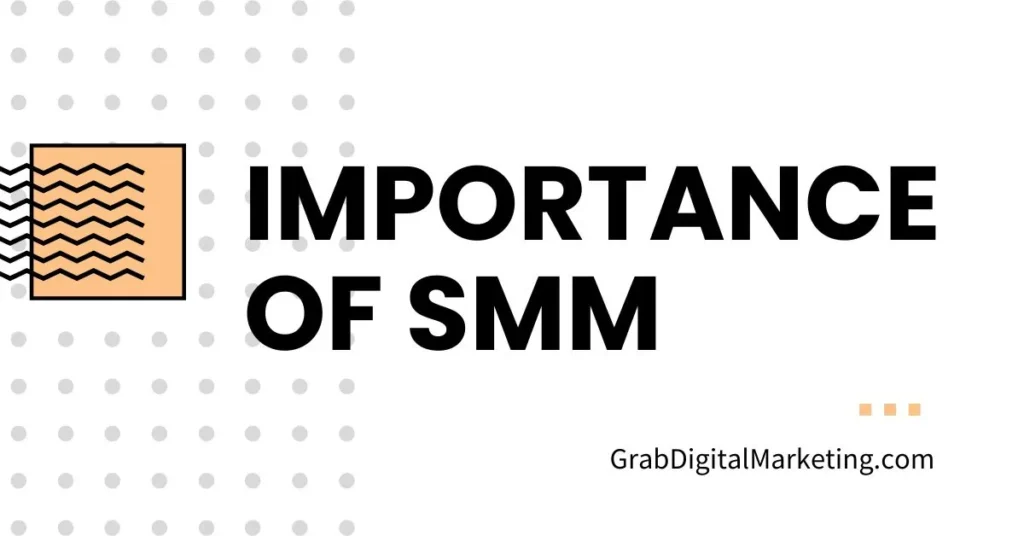
- The importance of Social Media Marketing (SMM) in today’s digital landscape cannot be overstated, especially for Google AdSense publishers aiming to maximize website traffic and ad revenue. SMM harnesses the vast reach and engagement potential of social media platforms such as Facebook, Instagram, TikTok, Twitter, and LinkedIn to connect with diverse audiences in targeted and meaningful ways. This form of marketing helps brands increase visibility, build customer loyalty, and drive qualified traffic to their sites, all of which are critical for enhancing Google AdSense monetization through increased ad impressions and clicks.
- One of the primary benefits of SMM is its ability to amplify website traffic cost-effectively compared to traditional advertising. By sharing high-quality, relevant content and engaging directly with followers, businesses create communities around their brand that foster repeat visits and higher user engagement. Increased social media presence also positively influences search engine rankings, as social signals contribute to SEO factors, improving organic discoverability of sites monetized with AdSense. Additionally, SMM enables precise audience targeting using demographics, interests, and behaviors, ensuring that marketing efforts reach potential customers most likely to convert, which optimizes marketing spend and increases ROI.
Key Components of SMM
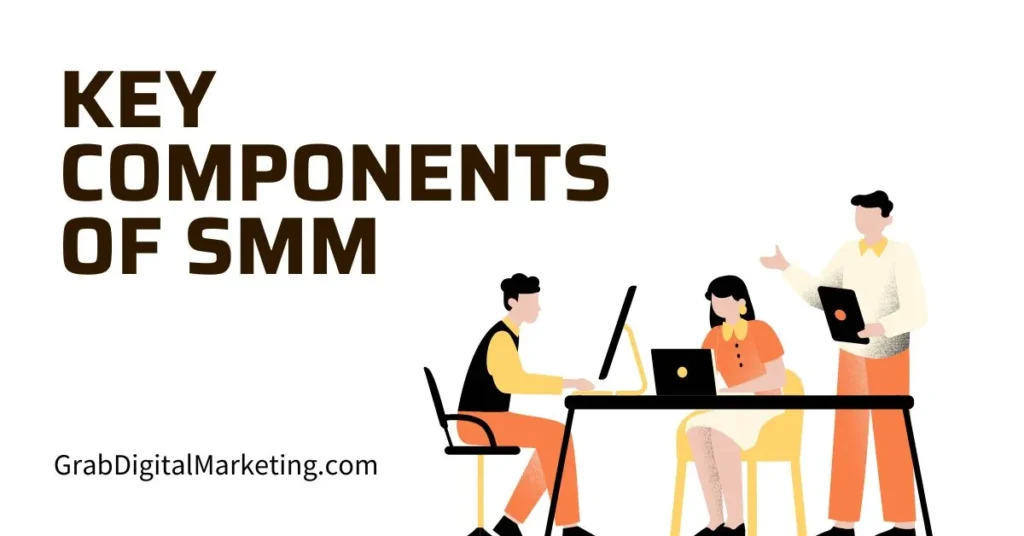
- Key components of Social Media Marketing (SMM) form the foundation for building a strong online presence, driving audience engagement, and increasing website traffic factors crucial for Google AdSense publishers seeking to maximize monetization. The first fundamental element is strategy development, which involves setting clear marketing goals aligned with business objectives, identifying the target audience, and selecting the right social media platforms to reach that audience effectively. A well-defined strategy ensures focused efforts that deliver measurable results.
- Content creation is the second essential element. Producing high-quality, relevant, and engaging content tailored to each platform’s unique format, such as images, videos, stories, and live streams, resonates with users and encourages sharing and interaction. Effective content not only attracts followers but also retains their interest, ensuring consistent traffic to AdSense-enabled websites. Distribution and promotion follow content creation, requiring strategic sharing of posts using both organic reach and paid advertising. Optimally timed posts and targeted ads maximize visibility and engagement.
Popular Social Media Platforms
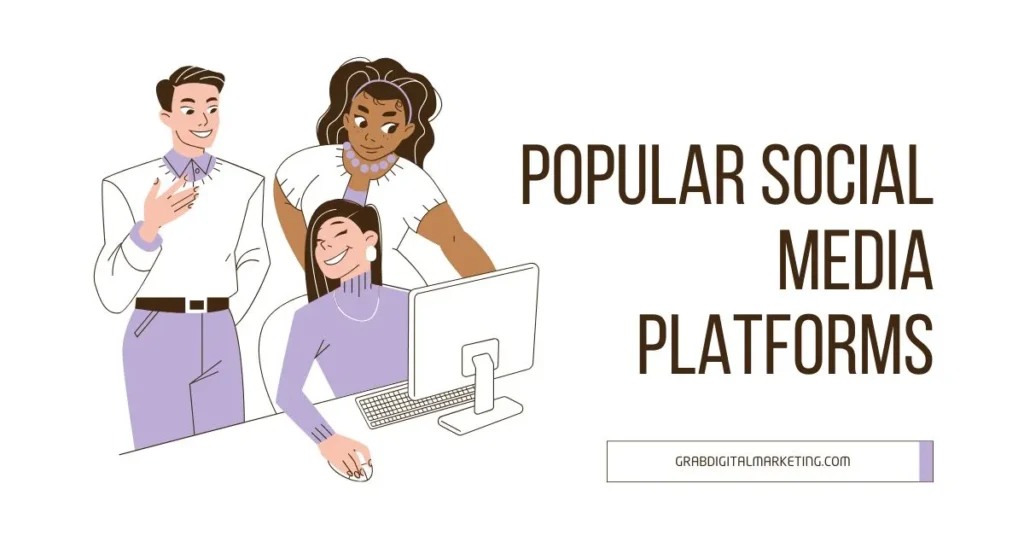
- Facebook: Offers diverse advertising options, a large user base, and tools for community building.
- Instagram: Visual-centric platform ideal for showcasing products, behind-the-scenes content, and influencer collaborations.
- Twitter: Effective for real-time engagement, news updates, and customer service interactions.
- LinkedIn: Professional network suitable for B2B marketing, industry insights, and networking.
- Pinterest: Visual discovery platform ideal for sharing creative and inspirational content.
- YouTube: Video-sharing platform perfect for long-form content, tutorials, and brand storytelling.
Conclusion
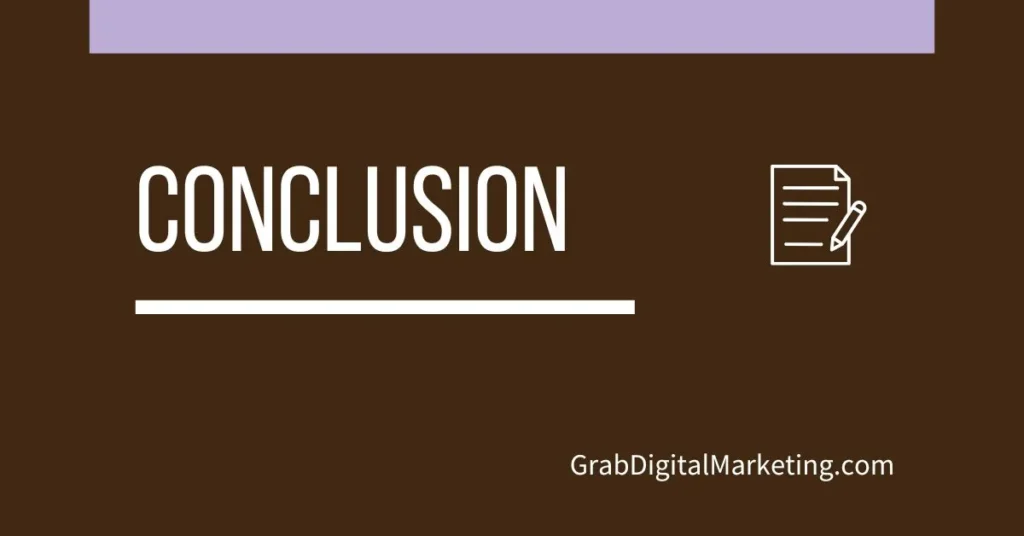
Both Social Media Optimization (SMO) and Social Media Marketing (SMM) play crucial roles in a comprehensive digital marketing strategy. SMO focuses on optimizing your social media presence to increase engagement and traffic, while SMM leverages social media platforms for promotional and advertising purposes. By understanding and implementing the principles of SMO and SMM, businesses can effectively harness the power of social media to achieve their marketing and business goals.
I hope this gives you a thorough understanding of SMO and SMM.

